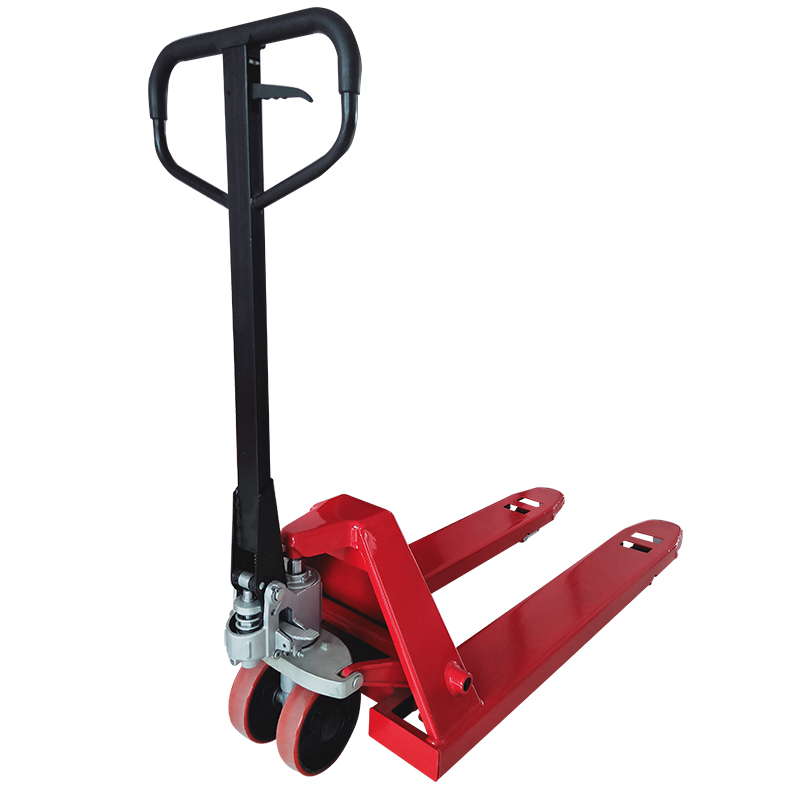


Handling a Pallet Truck Essential Skills and Best Practices
Pallet trucks, also known as pallet jacks, are essential tools in warehouses, distribution centers, and retail environments for the efficient handling of heavy loads. Mastering the skills necessary to operate a pallet truck safely and effectively can significantly enhance workplace productivity and ensure the safety of all personnel involved in material handling. This article outlines the key techniques and best practices for handling a pallet truck.
Understanding the Pallet Truck
A pallet truck typically consists of a fork, a hydraulic jack, and wheels. Its primary function is to lift and transport pallets loaded with goods. Pallet trucks come in various designs, from manual units that require physical effort to electric ones that simplify the lifting and moving processes. Regardless of the type, operators must understand how to control the equipment effectively to avoid accidents and damage to goods.
Training and Safety
Before operating a pallet truck, adequate training is vital. Operators should receive instruction on how to use the equipment and review safety protocols. Safety gear, such as gloves and non-slip footwear, is also recommended. Familiarizing oneself with the specific pallet truck model used in the workplace helps ensure more efficient handling and less chance of accidents.
Basic Handling Techniques
1. Inspection Before Use Always perform a pre-use inspection. Check for any visible damages or leaks, ensure that the wheels and forks are in good condition, and verify that the hydraulic system functions properly. Reporting issues before use can prevent accidents.

2. Proper Loading When loading the pallet truck, distribute the weight evenly across the forks to maintain balance. Ensure that the load is stable and secure before attempting to lift it. Avoid overloading, as this can lead to tipping and loss of control.
3. Lifting and Lowering To lift the pallet, use the hydraulic lever to raise the forks off the ground slightly. When lowering the pallet, ensure that the area is clear and slowly ease the load onto the ground. Quick or jerky movements can disturb the load’s stability and pose a safety risk.
4. Maneuvering Always look ahead when maneuvering the pallet truck. Use smooth and controlled movements while turning, and be mindful of obstacles such as other workers, machinery, or uneven surfaces. If the load obstructs your view, it’s crucial to ask for assistance or use a spotter.
5. Transporting Loads When transporting, keep the load as low as possible to maintain stability. Navigate at a safe speed, especially in crowded areas, and avoid sudden stops or sharp turns. Always announce your approach to others to alert them of the moving load.
Conclusion
Handling a pallet truck is a skill that combines safety awareness, proper technique, and efficient practices. By understanding the equipment, engaging in thorough training, and adhering to best practices, operators can significantly contribute to a smooth and safe working environment. Mastery of pallet truck handling not only optimizes productivity but also helps in cultivating a culture of safety in the workplace. Remember, safety first!
In conclusion, responsible use and handling of pallet trucks can prevent workplace accidents, protect goods, and ensure efficient logistics. Whether you are a seasoned worker or new to materials handling, continuous learning and practice will enhance your proficiency with this indispensable equipment.



